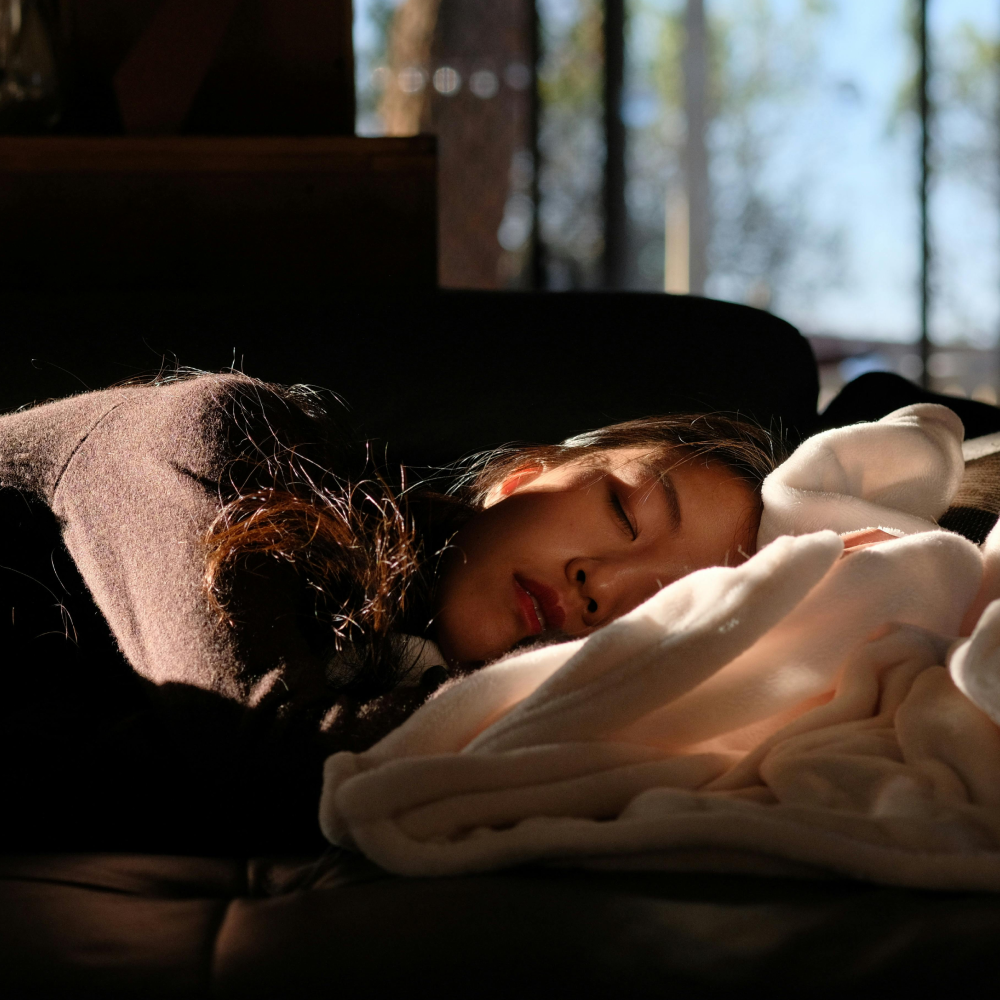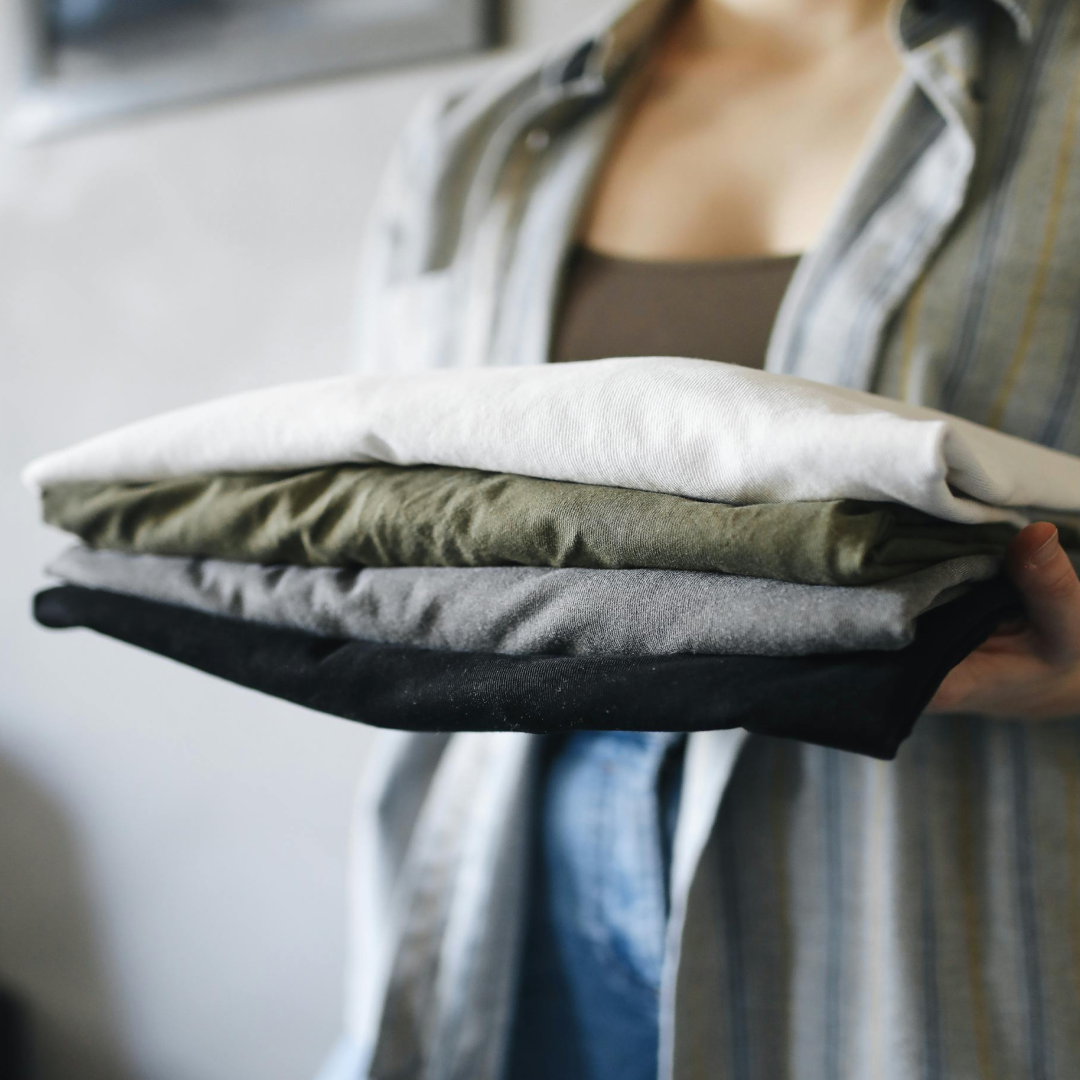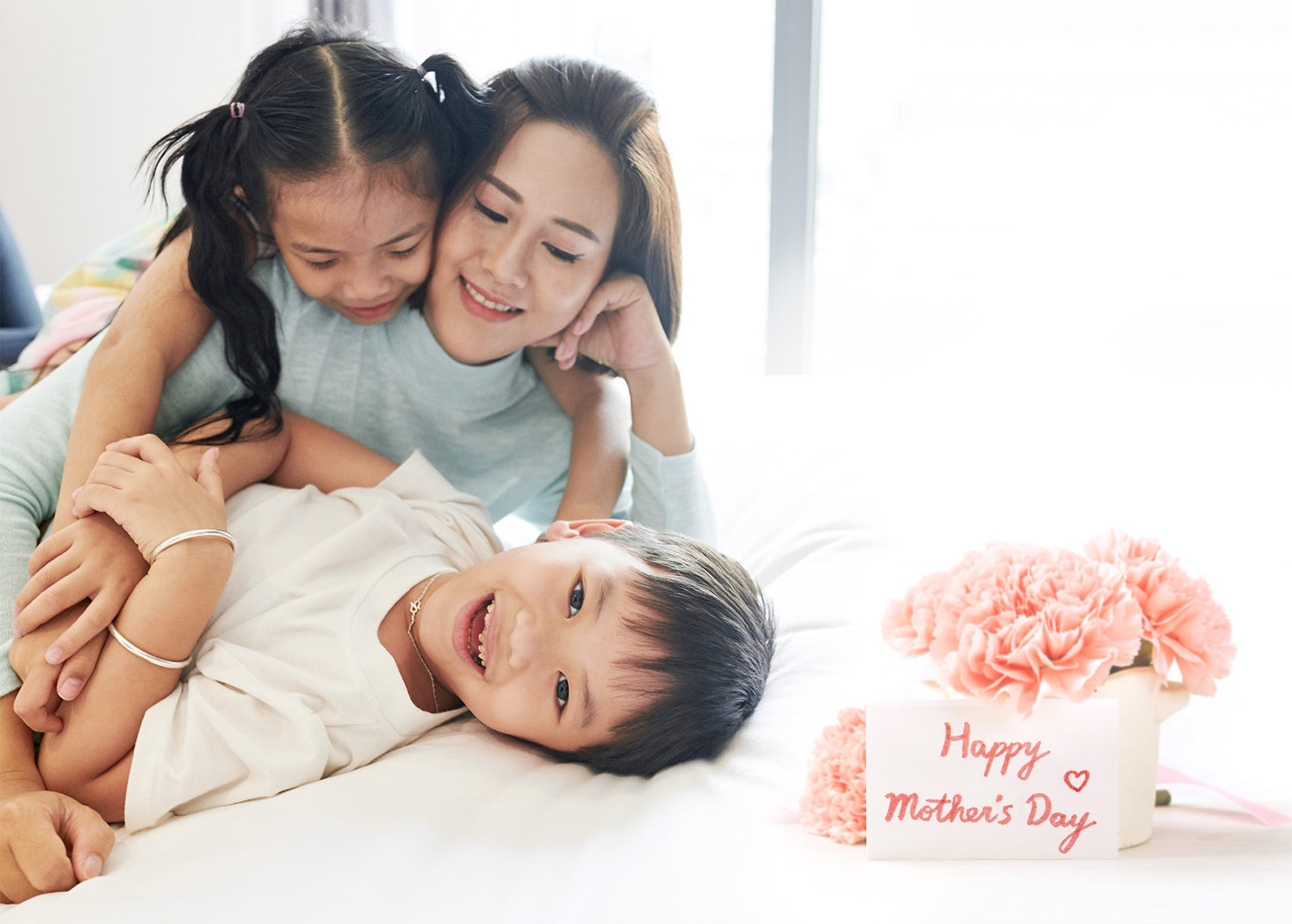Thinking of buying bed linen? As soon as you start exploring your options, you’ll encounter a bewildering range of colours, patterns and fabrics.
The terms used to describe these fabrics can be just as confusing. If you have trouble remembering the difference between Pima, percale and pilling, or if you’re wondering whether thread count really matters, read on.
Let us walk you through the basics so that you can pick out the sheets that suit you best.
Fibre: Enjoying a good yarn
When it comes to bed linen, the type of fibre used determines how a textile will feel against your skin, how easy the fabric will be to wash and iron, and how long it will last. Let’s explore some of the most commonly used fibres.
Bamboo: Fabric crafted from bamboo fibres is renowned for its silky-smooth feel. This material excels at moisture-wicking and temperature regulation, ensuring a cool, comfortable sleep even on hot nights. If you’re looking to spend your nights cocooned in luxury, bamboo is an excellent choice.
Tencel: An eco-friendly fabric, Tencel is made from sustainably harvested wood fibre. It’s best known for its super softness but it’s also breathable and easy to maintain. Though it comes with a relatively higher price tag, Tencel’s durability means that it looks and feels good for years.
Cotton: The length of the cotton staples – or fibres – is critical in determining its quality.
Upland, a short-staple cotton, is the most widely grown species of cotton in the world. It’s a reliable, affordable option though not as luxurious as longer staple varieties.
Extra-long staple cotton includes premium types such as Pima and Egyptian cotton. Fabrics made from these fibres are softer yet tougher – they are less likely to fray, tear and wrinkle. They are also more resistant to wrinkling and pilling, which is when small balls of fibre form on the surface of fabric due to wear and washing.
To get the most out of cotton – a naturally absorbent yet breathable fabric – invest in a high-quality option.
Microfibre: As its name suggests, microfibre is a synthetic fabric with incredibly fine fibres. It’s soft and strong, making it ideal for those who want bedding that’s comfortable and durable without paying too much. What’s more, microfibre is easy to launder, dries quickly and doesn’t require ironing.
Thread count: The higher the better?
If you’ll shop for bedsheets, you’ll soon run into this term: thread count. This is calculated by adding up the horizontal and vertical yarns woven into one square inch of fabric.
Sheets with higher thread counts tend to be made with thinner yarns, which cost more to produce.
Generally, the more yarns in a square inch, the smoother, denser and more durable the material will be. Thicker yarns are used in cheaper sheets, leading to lower thread counts and a rougher feel.
But while thread count can help you to pick out good bed linen, the quality of the fibre matters far more than the quantity of yarns. For example, extra-long staple cotton fibres such as Pima or Egyptian cotton are widely considered to be better than regular cotton as the longer fibres in the yarns help them to stay smooth.
Also, look out for finishing processes such as brushing and mercerization, which increases textile strength and lustre, and the weaving technique.
Weave: How the process shapes the product
The way fabric is woven – basically, how textiles are constructed – will affect its texture, breathability and appearance. Here are two common weaves used for bed linen fabric.
Percale: Lightweight and breathable, with a crisp, cool feel and a matte finish. Percale is particularly suitable for warm climates and people who tend to sweat when they sleep.
Thanks to its tight weave, percale is known for its durability. But it’s also prone to wrinkles so it may need more ironing.
Sateen: Its distinctive silky smoothness and lustre give this weave a luxurious look and feel. Compared with percale, it is softer to the touch and drapes more elegantly.
Sateen may not be as durable as other fabrics but it resists wrinkles well – a recommended choice for those who prize softness and aesthetic appeal in their bed linen.
Different sheets for different needs
When it comes to selecting bed linen, there is a range of options to suit every need and budget.
Identify what matters most to you, whether it’s softness, durability or ease of care. Then decide how much you’re willing to invest in your bed linen.
Whether you splurge on silky-smooth bamboo fibres or go for budget-friendly cotton, there’s a bedding solution for everyone. With these basics in mind, you’d be well-equipped to find it. Sleep well!




